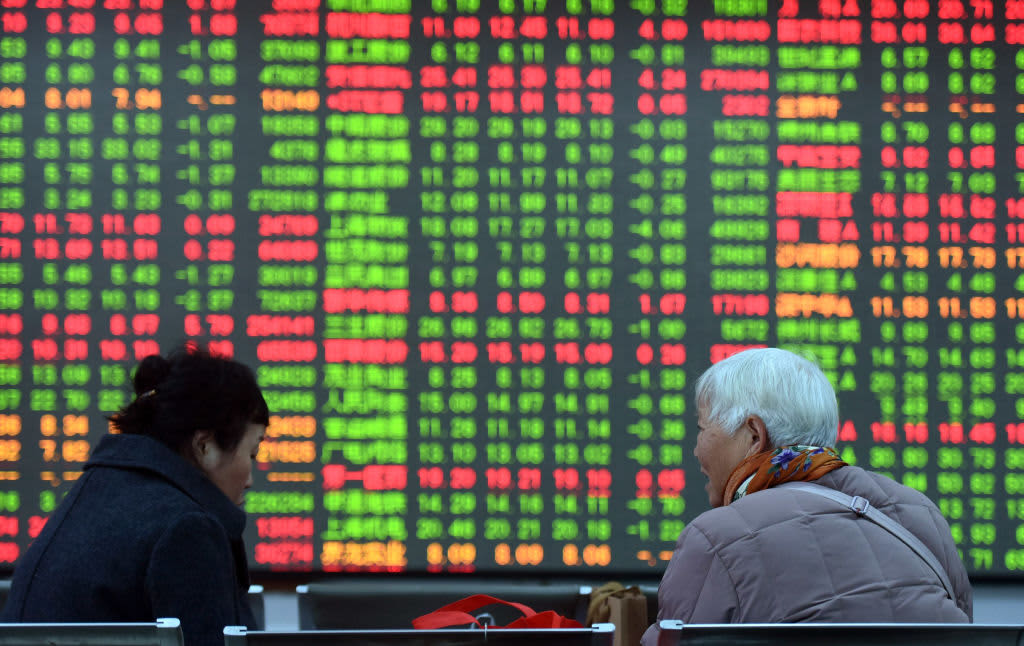By Lee Ying Shan
Copyright cnbc

“Fundamentals do not well support the momentum, but markets always lead fundamentals,” said Hao Hong, managing partner and CIO at Lotus Asset Management. “There are few signs of overheating in the overall market, but pockets of the market are a little too hot.”
“This is not yet a bubble, but it is going that way,” said Hong. He pointed to contract research organizations — firms providing research and development services to pharma, biotech, medical device companies — and technology names as the riskiest segments, but stopped short of labeling them as bubbles.
More than $3 trillion in market capitalization has been added across Chinese and Hong Kong equities this year, according to Goldman Sachs. But China’s economic data offers little confirmation that a genuine and sustainable rebound is underway, market watchers said.
Japanese financial holdings company Nomura last month warned of excessive leverage and potential “bubbles” as the stock market continues to surge even as China’s economy shows signs of sputtering in the second half of the year.
China’s economic slowdown worsened in August as a series of key indicators fell short of expectations. Persistent weak domestic demand and Beijing’s efforts to reduce industrial overcapacity weighed on production.
Industrial output rose 5.2% last month, easing from July’s 5.7% growth and marking its weakest pace since August 2024. Retail sales grew 3.4% year on year, below analysts’ forecast of 3.9% in a Reuters survey and slower than July’s 3.7% growth.
“So far, we have not seen signs of a turnaround in macro fundamentals, although the current momentum might be supported by expectations for structural improvements in the economy,” said Chaoping Zhu, global market strategist at J.P. Morgan Asset Management.
Semi-annual reports suggest some stabilization in sectors such as AI, semiconductors and renewables, and Beijing’s “anti-involution” push — aimed at reining in price wars — could improve corporate earnings capacity, Zhu said.
For example, Chinese chipmaker Cambricon reported record profits in the first half of the year, jumping more than 4,000% year on year to 2.88 billion yuan ($402.7 million) in the first six months, highlighting the growing momentum of domestic chip companies as Beijing pushes to strengthen its homegrown semiconductor sector.
Still, Zhu cautions that technology valuations may have “priced in very optimistic expectations,” leaving the market vulnerable to pulling back before earnings catch up.



